Evidence for a limit to human lifespan
- PMID: 27706136
- PMCID: PMC11673931
- DOI: 10.1038/nature19793
Evidence for a limit to human lifespan
Abstract
Driven by technological progress, human life expectancy has increased greatly since the nineteenth century. Demographic evidence has revealed an ongoing reduction in old-age mortality and a rise of the maximum age at death, which may gradually extend human longevity. Together with observations that lifespan in various animal species is flexible and can be increased by genetic or pharmaceutical intervention, these results have led to suggestions that longevity may not be subject to strict, species-specific genetic constraints. Here, by analysing global demographic data, we show that improvements in survival with age tend to decline after age 100, and that the age at death of the world's oldest person has not increased since the 1990s. Our results strongly suggest that the maximum lifespan of humans is fixed and subject to natural constraints.
Figures
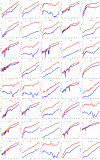
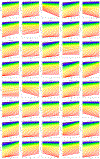
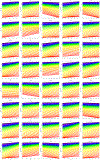
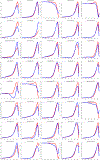
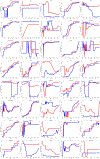



Comment in
-
Ageing: Measuring our narrow strip of life.Nature. 2016 Oct 13;538(7624):175-176. doi: 10.1038/nature19475. Epub 2016 Oct 5. Nature. 2016. PMID: 27706138 No abstract available.
-
The limits to human lifespan must be respected.Nature. 2016 Oct 6;538(7623):6. doi: 10.1038/538006a. Nature. 2016. PMID: 27708320 No abstract available.
-
There's no limit to longevity, says study that revives human lifespan debate.Nature. 2018 Jul;559(7712):14-15. doi: 10.1038/d41586-018-05582-3. Nature. 2018. PMID: 29968831 No abstract available.
References
-
- Oeppen J & Vaupel JW Demography. Broken limits to life expectancy. Science 296, 1029–1031 (2002). - PubMed
-
- Austad SN in Molecular and Cellular Biology of Aging (eds Vijg J, Campisi J & Lithgow G) Ch. 2 (The Gerontological Society of America, 2015).
-
- Jeune B. et al. in Supercentenarians (eds Maier H et al.). (Springer, 2010).
-
- Kenyon C. The plasticity of aging: insights from long-lived mutants. Cell 120, 449–460 (2005). - PubMed
MeSH terms
Grants and funding
LinkOut - more resources
Full Text Sources
Other Literature Sources

